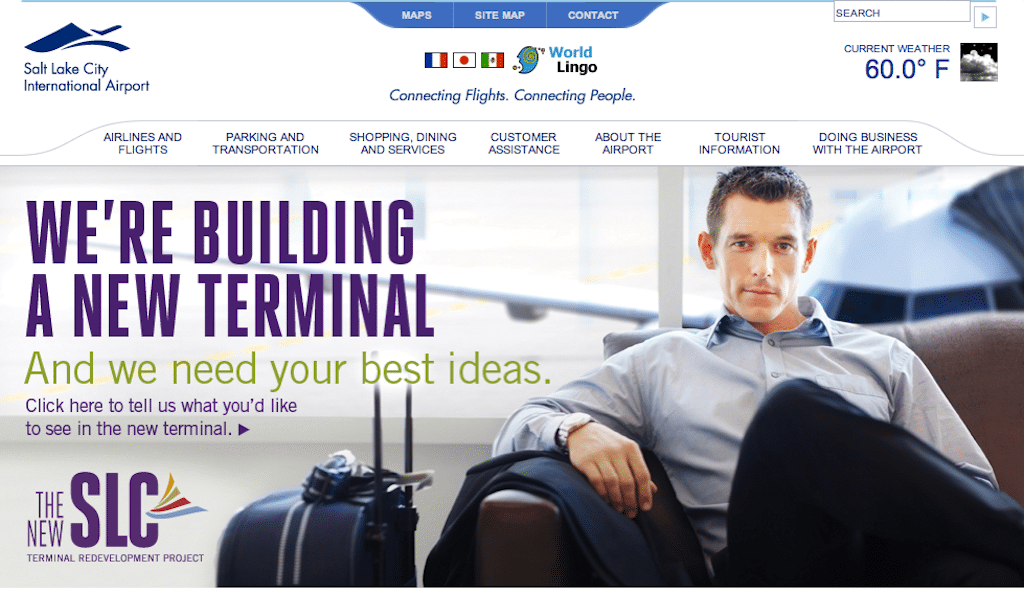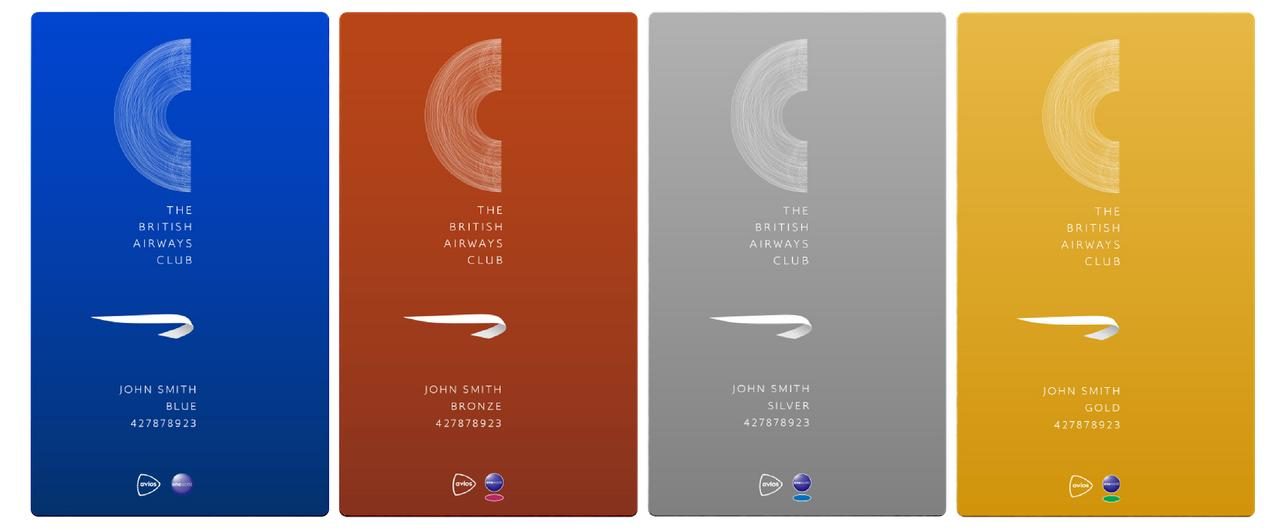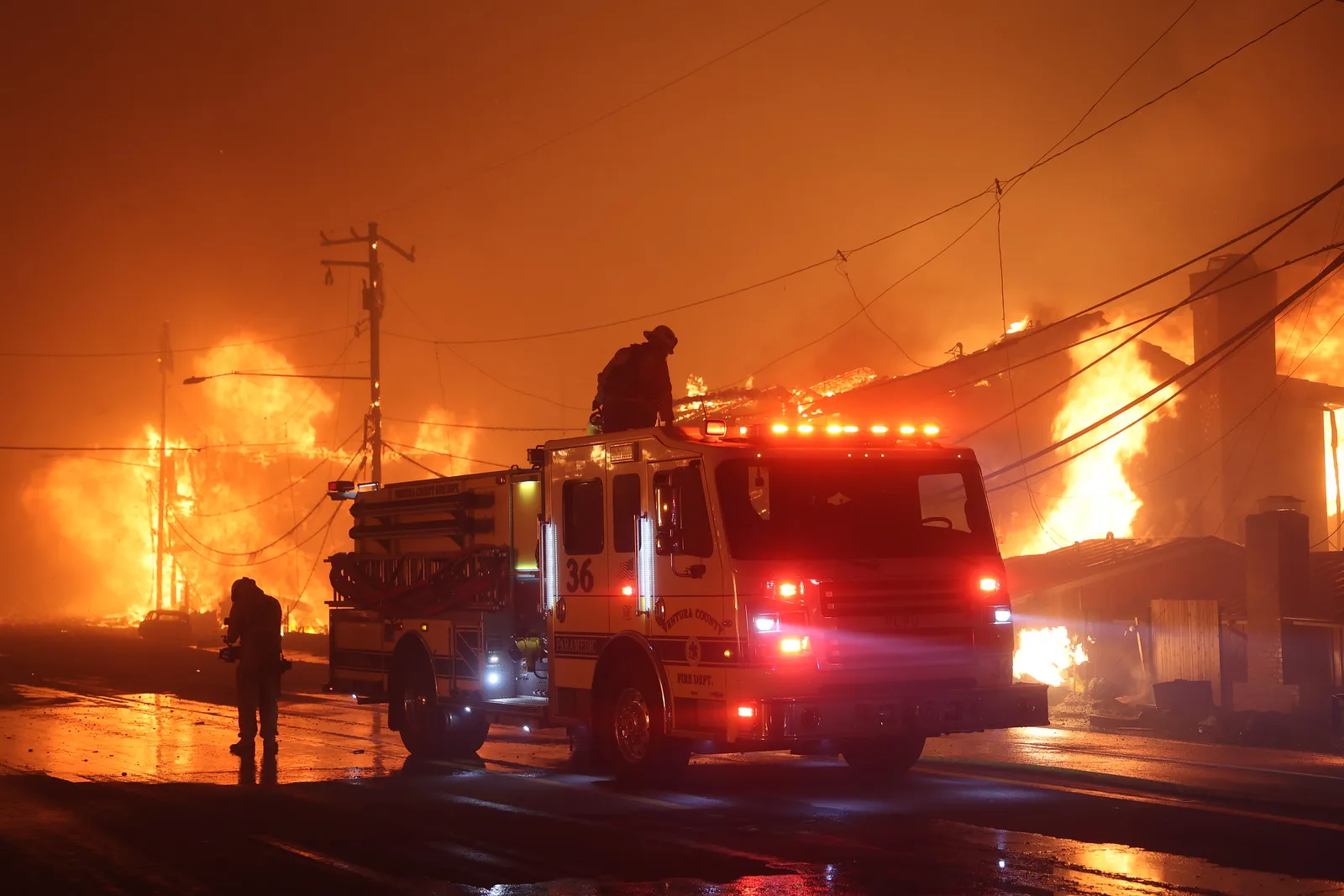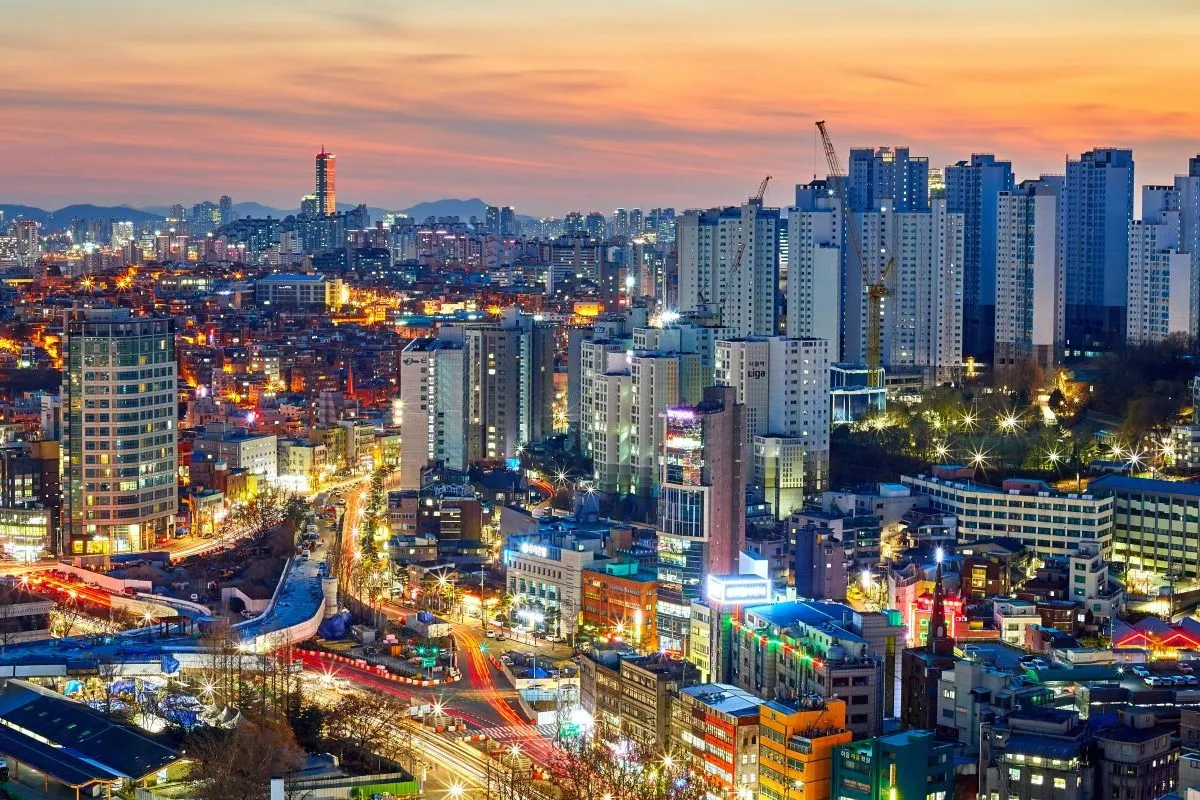Salt Lake City Airport set for $2 billion makeover

Skift Take
Mountain views, faster takeoffs and workout equipment are a few things Salt Lake City officials are considering as they draw up plans for a nearly $2 billion remake of the city's airport.
The bulk of the budget for construction comes from fees airlines pay to use the facility and from passengers buying tickets, among a few other sources. Federal grants make up about 11 percent of the bankroll.
Some wings of the airport are about 50 years old. Others date back over 30 years. That means a new facility is overdue, said Salt Lake City International Airport spokeswoman Barbara Gann.
"Airport years are longer" than human ones she said, due to changing technology and increases in traffic. The original facility was designed to shepherd about 12 million travelers each year, roughly half as many as it does now.
"We're very space-constrained," Gann said. "We're constantly trying to squeeze more space out of these security checkpoints."
Workers are set to break ground on the new airport next spring and have it finished by 2024. Officials and architects have sketched out a design for the takeoff area. Now, they're asking travelers what they'd like to see at the airport before they reach the gate.
Authorities say the planned airport will be more efficient and likely have a design that showcases mountain views. Others say the airport will be more environmentally responsible, with a lofty goal to try to generate as much energy as it uses.
Delta Air Lines operates about 3 out of 4 flights leaving from the airport. It began using the facility as a hub in the late 1980's. Southwest comes in second for its proportion of flights, now about 12 percent.
Last year, about 21 million people passed through the airport. The redesign is set to take on about 24 million travelers annually and go up right next to the current one.
Salt Lake City is already regarded as one of the most on-time airports in the country, but officials say that's due more to good weather than efficient engineering.
Right now, the airport's gates are set up in a few different horseshoe formations. That means planes have to take turns backing out of the cul-de-sacs.
The proposed plan calls for a derby setup, with each gate tucked into a straight line. That means less traffic on the ground.
Officials are asking for public input on the airport's website and say they have already received requests for a gym, more secluded seating areas and more electrical outlets.
"We're due for an upgrade," said Art Raymond, spokesman for Salt Lake City Mayor Ralph Becker. Solar power and environmentally-minded engineering are components of the new plan, he said, and will help the airport toward its goal of producing as much energy as it uses. The new construction will also make the airport safer in the event of an earthquake, Raymond said.
The new airport's design, Gann says, will likely show off Utah's mountain views for travelers before they reach the baggage claim.
Gann says she has received requests from people who want the airport to better reflect Utah's reputation as an outdoors capitol, incorporating more natural elements like glass and granite.
"People want it to reflect Utah," Gann said. "They want it to be bright and airy."
![]()




